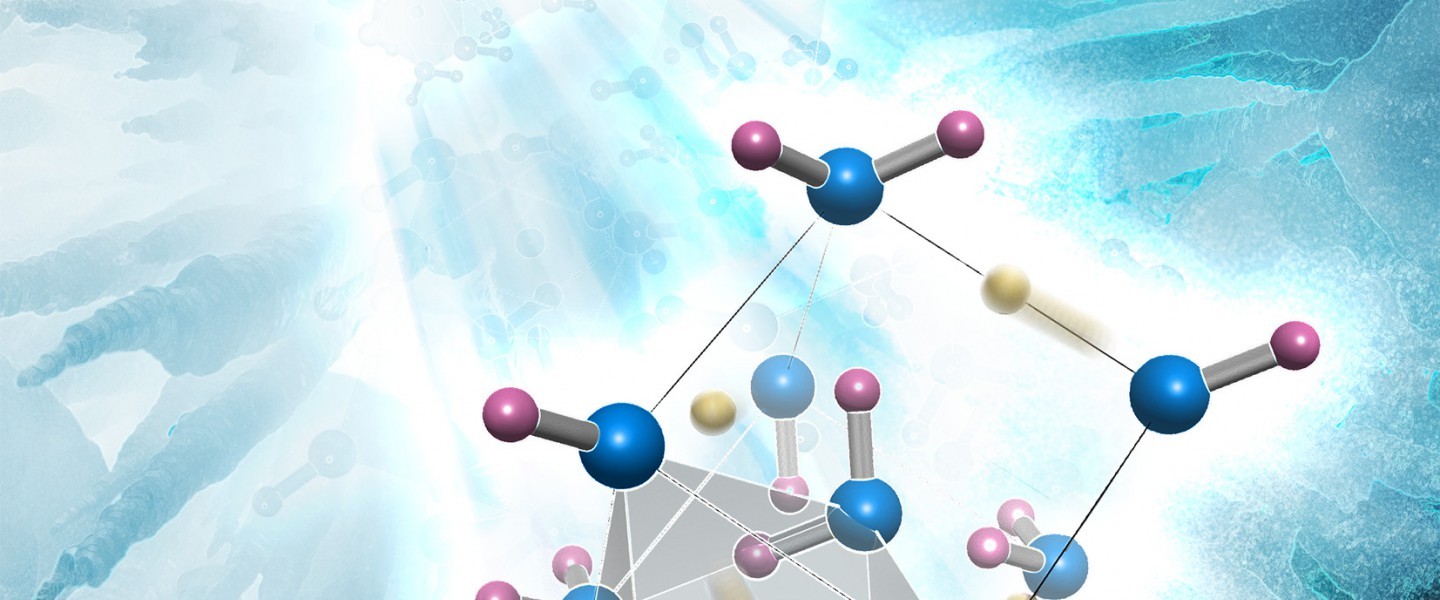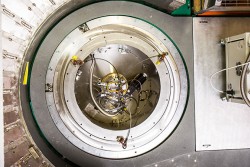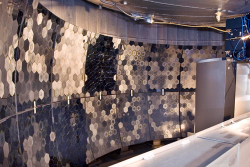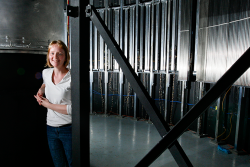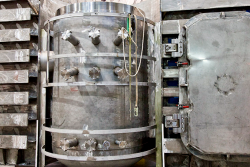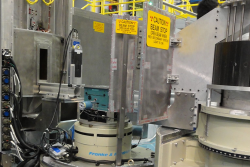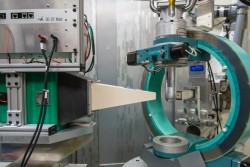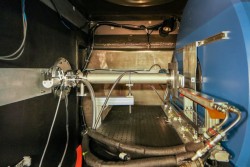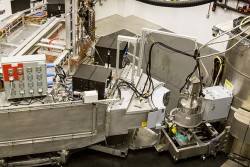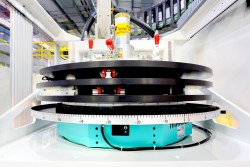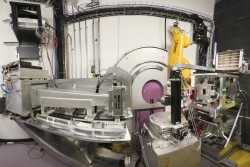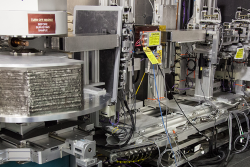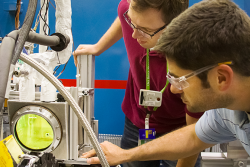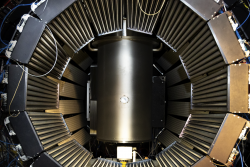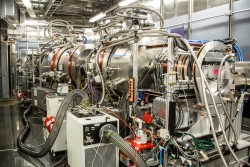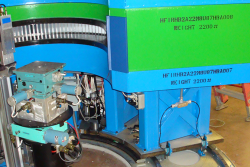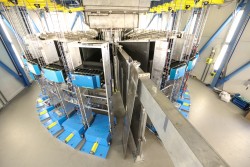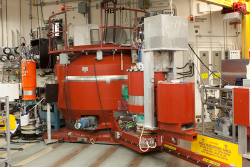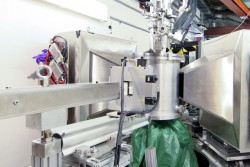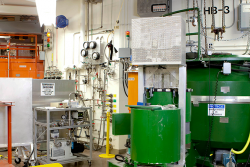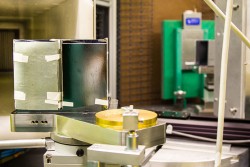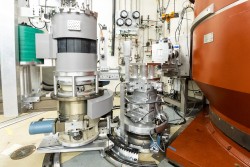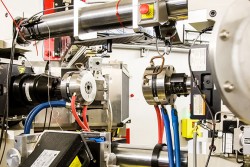Atomic-level dynamics in materials science, chemistry, condensed matter sciences
Chemistry, Geochemistry and Environmental Science
Interfacial chemistry focuses on the chemical and physical properties and processes at an interface (surface) where solids, gases, and liquids meet. These interfaces are the basis of many technologies involving catalysts (i.e., substances that accelerate chemical reactions), energy storage and conversion, drugs and biologics, and more.
At Oak Ridge National Laboratory (ORNL), scientists study interfaces using neutron scattering techniques at the Spallation Neutron Source and High Flux Isotope Reactor facilities. Neutron scattering allows scientists to obtain data with atomic-level precision from materials at discrete time intervals and at different energy levels, even at extreme pressures and temperatures.
Experimental results can be fed into computer models that help scientists design new catalysts to facilitate discovery and development of new materials and products that impact our daily lives.
Catalysis and interfacial research at ORNL focuses on (1) designing and synthesizing energy-efficient and revolutionary new forms of matter that have specific, tailored properties and (2) understanding and controlling the complex, atomic-level interactions of magnetic and electrical properties of materials in which atomic-level forces are not in balance.


